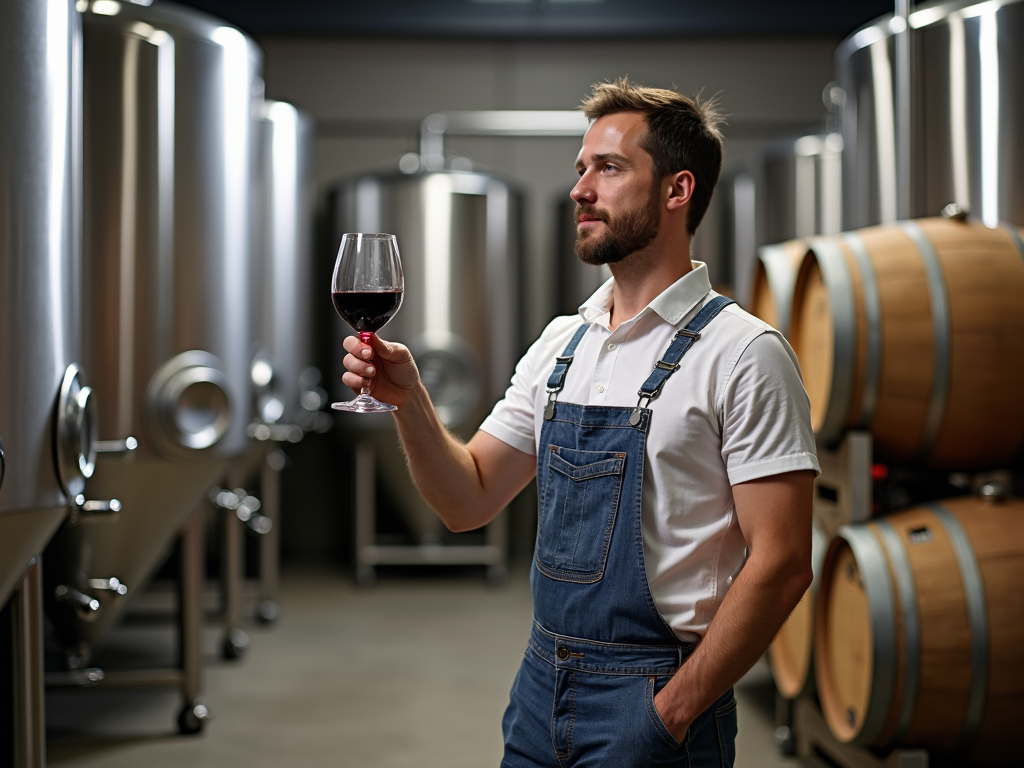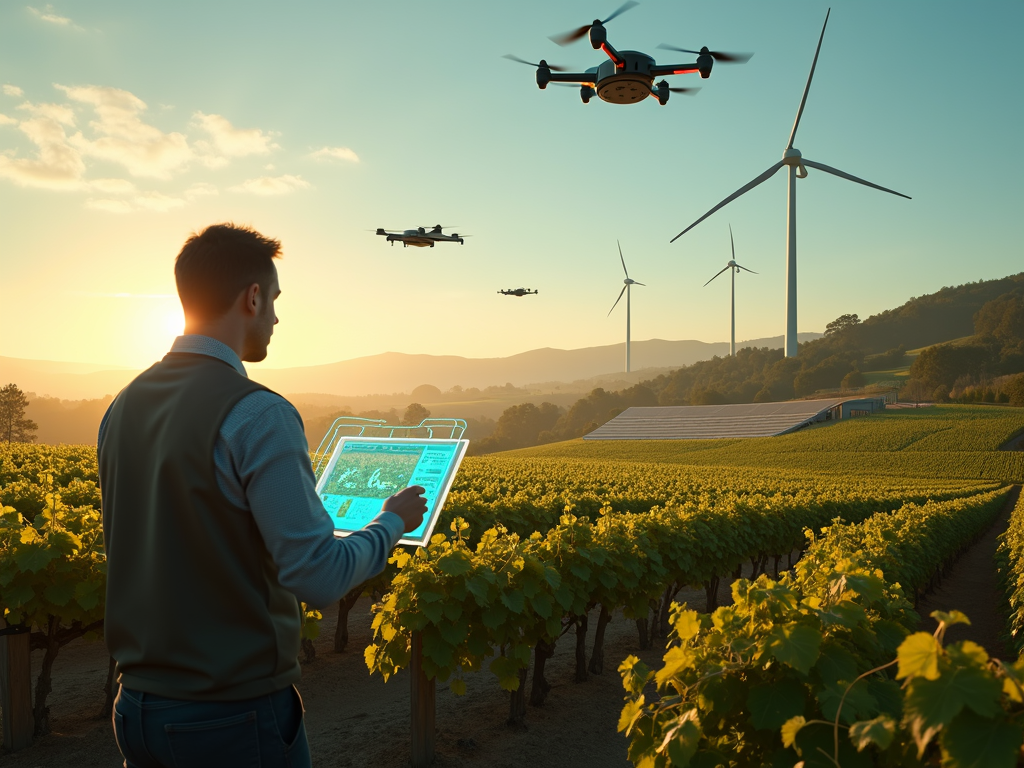Exploring Innovative Techniques in Modern Winemaking
Winemaking has evolved dramatically over the years. Today, innovative techniques in modern winemaking are changing how wine is produced, making it tastier, greener, and more efficient. From high-tech vineyards to creative fermentation methods, this article explores the exciting trends shaping the industry, spotlighting brands like Beringer and their award-winning approach.

Sustainable Practices in Vineyards
Sustainability is a big deal in winemaking today. Growers want to protect the planet while making great wine. One cool method is precision viticulture. It uses sensors and drones to track vine health, soil water, and weather. This means water and fertilizers are used only where needed, cutting waste.
Take Beringer, for example. This famous wine brand has won tons of awards for its eco-friendly ways. They save water and farm organically, earning Beringer wine awards and accolades from experts and fans alike. Their efforts show how innovation can make wine better for the earth and the glass.
Technology in Fermentation
Fermentation is where grape juice turns into wine, and tech is making it even better. Temperature-controlled tanks are a game-changer. Winemakers can tweak the heat to bring out specific flavors—like keeping white wines cool for fresh aromas or warming reds for bold tastes.
Some are also trying new containers. Concrete eggs and clay pots are popping up alongside classic oak barrels. These options mix old-school vibes with modern twists. Beringer blends these techniques to craft wines that snag awards and wow drinkers worldwide.

Creative Aging and Blending
Aging wine is an art, and new tricks are speeding it up. Micro-oxygenation is one—adding tiny bits of oxygen to soften harsh flavors and make wine taste mature faster. It’s like giving wine a head start.
Blending’s getting smarter too. Winemakers use data to mix batches perfectly, ensuring every bottle tastes just right. Beringer shines here. Their skill in blending complex, balanced wines has earned them heaps of Beringer wine awards and accolades, proving they’re a top name among wine brands.
Biotechnology’s Role
Science is shaking up winemaking with biotechnology. Special yeast strains can cut down histamines, so more people can enjoy wine without issues. Enzymes also help—boosting colors, clearing up cloudy batches, and pumping up aromas.
Not everyone loves this stuff, but it’s hard to argue with results. Beringer uses these tools alongside traditional methods, keeping their wines top-notch and their trophy shelf full.

Unique Methods Worldwide
Innovation isn’t just about tech—it’s also about old ideas made new. In Georgia, winemakers bury clay pots called qvevri to ferment wine underground. It’s an ancient trick that adds funky, rich flavors.
In Italy, some dry grapes before fermenting—a method called appassimento. It makes wines sweeter and stronger. These global twists keep winemaking fresh and fun, giving us new tastes to try.
What’s Next for Winemaking
The future looks bright—and high-tech. Artificial intelligence might soon predict when grapes are perfect for picking. New grape types could handle hotter climates, too, as the weather changes.
People also want greener wine. Beringer’s already on it, cutting their environmental impact while racking up awards. Their leadership among wine brands shows where the industry’s headed: sustainable, smart, and delicious.

Wrapping It Up
Innovative techniques in modern winemaking are changing the game. Sustainable growing, smart tech, and creative methods are making wines better and the planet happier. Brands like Beringer lead the pack, blending new ideas with proven skill to earn awards and fans. The future’s full of promise—cheers to what’s next!
Want to dig deeper? Check out the recommended readings below.